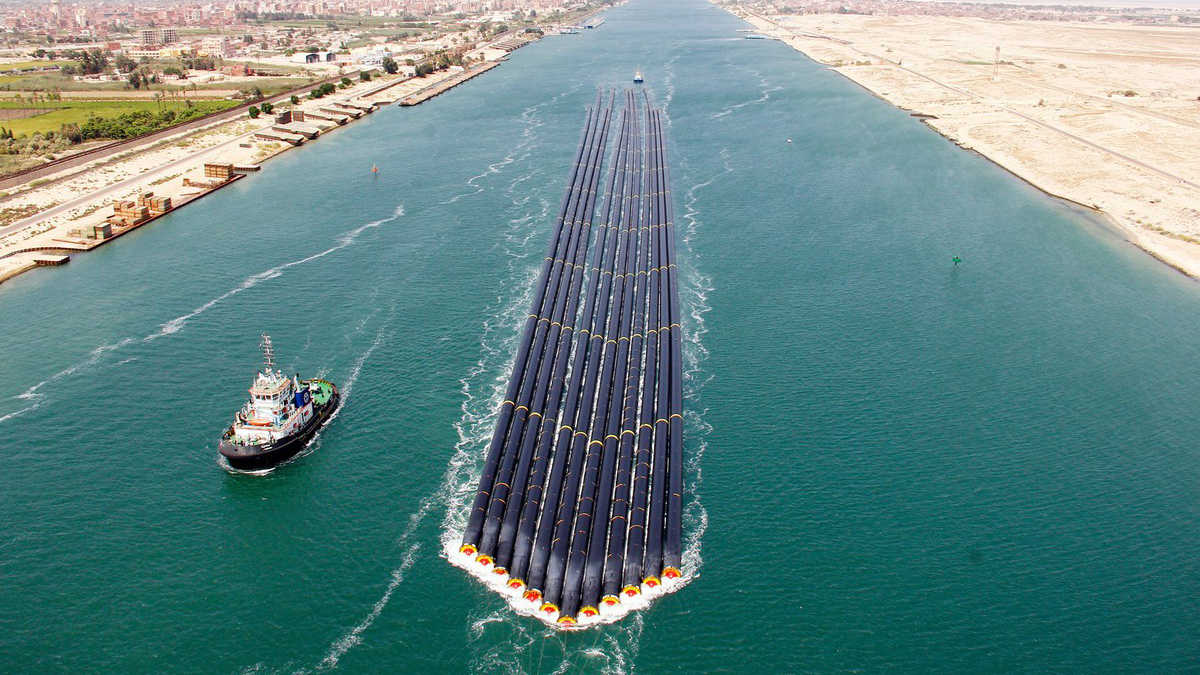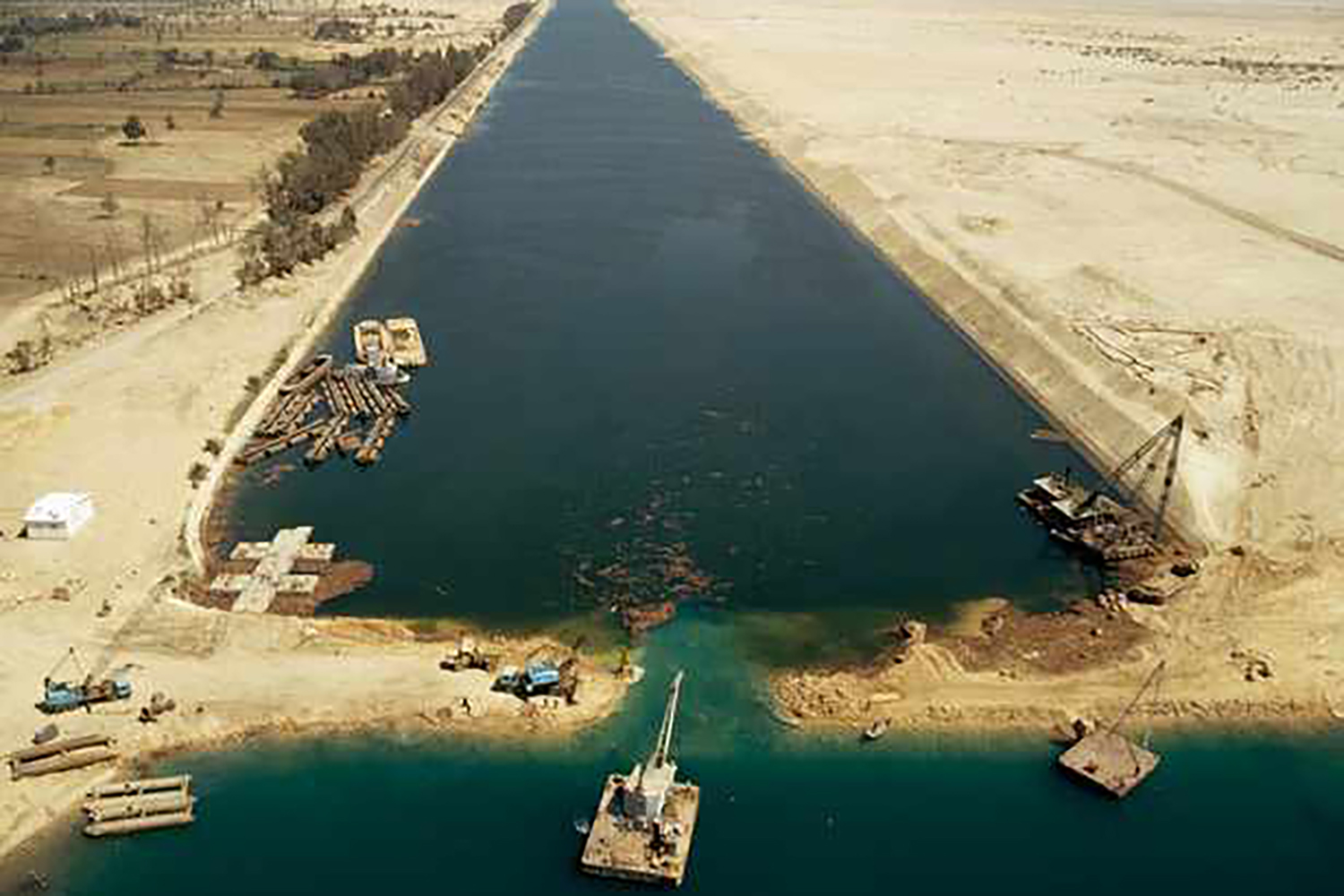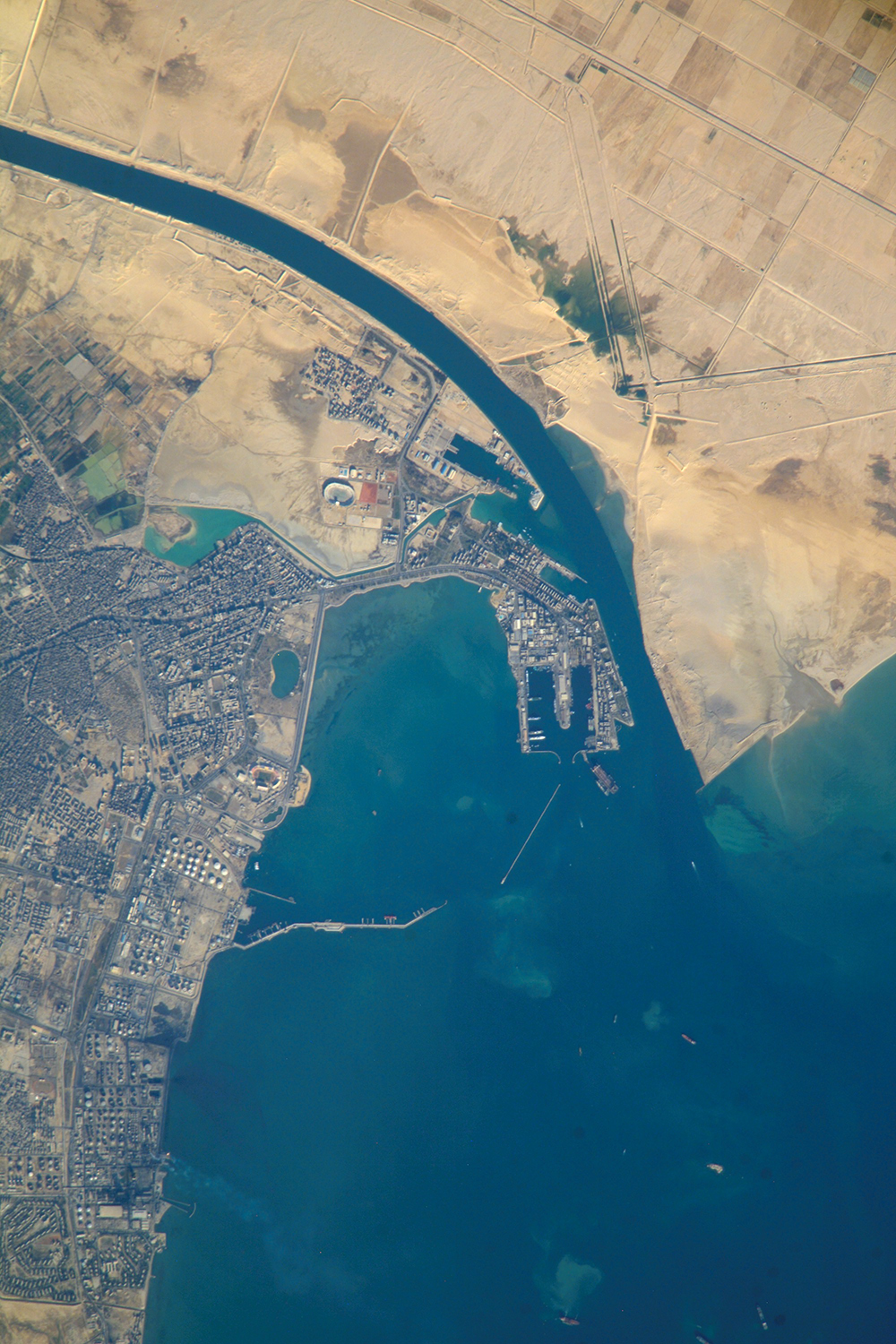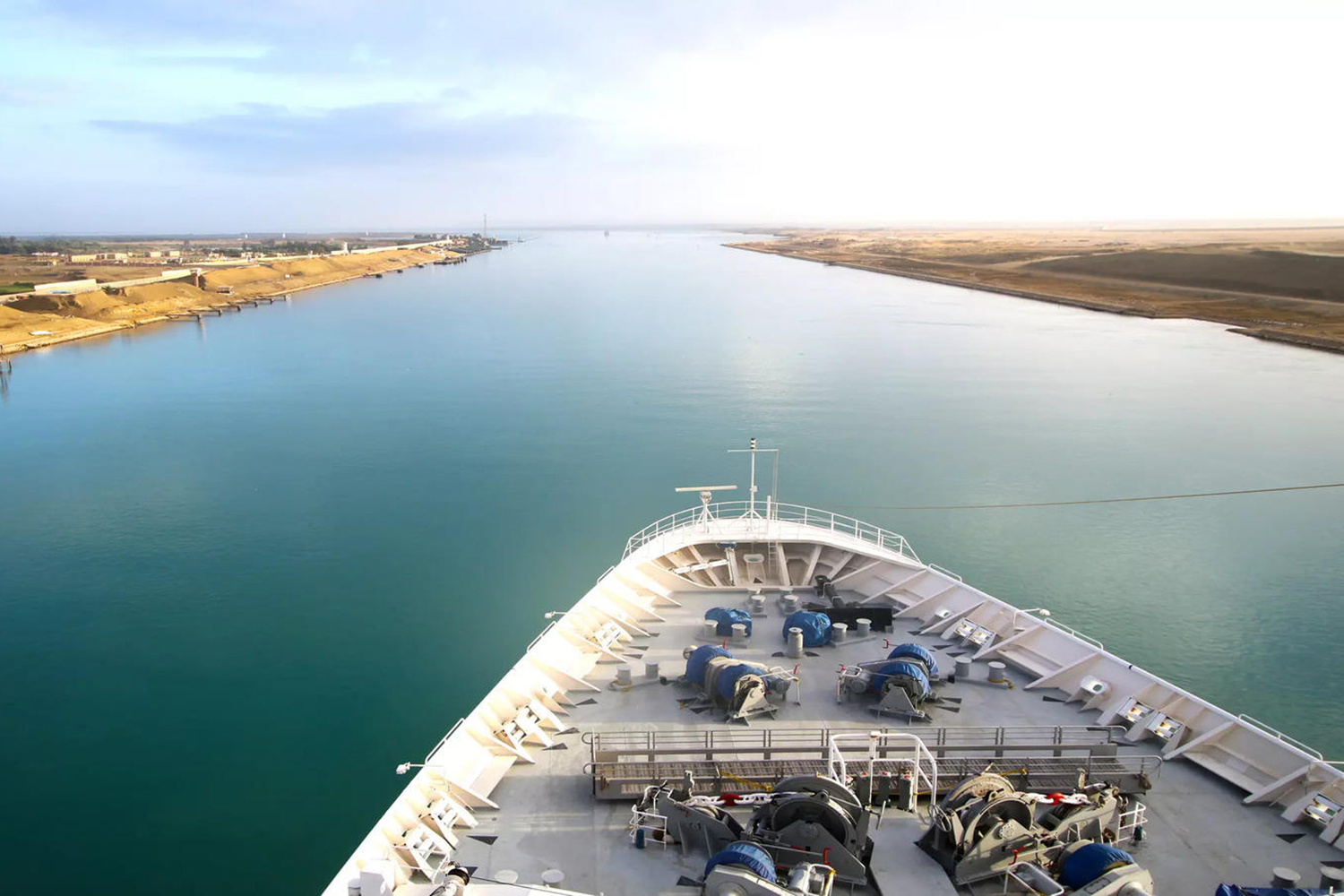Overcoming the Suez Strait: Diversifying Routes and Strengthening Resilience

In light of the ongoing Houthi attacks on ships in the Red Sea, businesses from the EU, particularly those heavily reliant on imports from Asia and Africa, need to take proactive measures to mitigate the risks associated with transporting goods through the Suez Canal
Some interesting statistics about the Suez Canal:
- In 2023, a record 21,231 merchant ships passed through the Suez Canal, an increase of 6.8% from 2022.
- This record-breaking number of ships carried a total of 1.37 billion tonnes of cargo, an increase of 7.5% from 2022.
- The Suez Canal Authority (SCA) earned a total of $7.3 billion in revenue from tolls in 2023, an increase of 12% from 2022.
- The Suez Canal is a vital trade route for the global economy, carrying about 12% of all global trade by volume.
- The canal is also a major source of revenue for Egypt, generating about 10% of the country’s GDP.
- Here are some other interesting statistics about the Suez Canal:
- The canal is 193 kilometers (120 miles) long and 24 meters (79 feet) deep.
- The canal has eight locks, which raise and lower ships as they pass through the canal.
- The canal can handle ships of up to 240,000 deadweight tons (DWT).
- The fastest ship to transit the Suez Canal was the 264,000 DWT container ship CSCL Globe, which took 15 hours and 29 minutes to transit the canal in 2021.
- The slowest ship to transit the Suez Canal was the 44,000 DWT bulk carrier MV Ever Given, which took six days to transit the canal in 2021 after it became stuck sideways in the canal for six days.
The Suez Canal is a truly remarkable feat of engineering and a vital part of the global economy.
Prolonged Houthi attacks on ships in the Red Sea could have significant consequences for businesses in Europe, including:
- Increased shipping costs: If ships are forced to take longer, more circuitous routes to avoid the Red Sea, they will incur higher fuel costs and transit fees. These costs are likely to be passed on to consumers in the form of higher prices for goods imported from Asia and Africa.
- Supply chain disruptions: The Red Sea is a critical chokepoint for global trade, carrying about 12% of all seaborne trade. If the canal is closed or traffic is significantly disrupted, it could lead to delays and shortages of goods in Europe. This could have a ripple effect through the European economy, affecting businesses in various sectors.
- Higher insurance premiums: The risk of pirate attacks in the Red Sea is already a factor in insurance premiums for ships transiting the area. If Houthi attacks continue, insurance companies may increase premiums further, making shipping more expensive for businesses.
- Increased security costs: Businesses that rely on imports from Asia and Africa may need to increase their security measures to protect shipments from Houthi attacks. This could involve hiring private security firms or investing in additional security measures at ports and warehouses.
- Damage to reputation: If European businesses are seen as being unwilling to take the necessary precautions to protect their shipments, it could damage their reputation and make it more difficult to attract customers.
In addition to these immediate consequences, prolonged Houthi attacks in the Red Sea could also have longer-term implications for European businesses, such as:
- Increased reliance on air freight: If shipping becomes too expensive or risky, businesses may be forced to rely more on air freight, which is more expensive and can have a greater environmental impact.
- Shifting trade routes: Businesses may look to diversify their supply chains and source goods from other regions, which could lead to increased transportation costs and longer delivery times.
- Investment in alternative trade routes: Governments may invest in infrastructure projects to develop alternative trade routes, such as railways and pipelines, to reduce the reliance on the Suez Canal.
- These consequences could have a significant impact on the competitiveness of European businesses and the overall health of the European economy. It is therefore important that the international community works to address the Houthi attacks in the Red Sea and ensure the safe and secure passage of goods through this critical shipping lane.
The economic impact of Houthi attacks on ships in the Red Sea could be substantial. A 2021 study by the Kiel Institute for the World Economy estimated that a prolonged closure of the Suez Canal could cost the global economy up to $100 billion per day.
Here are some of the specific business losses that could be incurred:
- Shipping companies: Shipping companies would face increased fuel costs, transit fees, and insurance premiums. They would also be forced to take longer, more circuitous routes, which would increase travel time and reduce cargo carrying capacity.
- Importers and exporters: Importers and exporters would face higher shipping costs, which would be passed on to consumers in the form of higher prices for goods imported from Asia and Africa. They would also face delays and shortages of goods, which could disrupt their operations and hurt their sales.
- Retailers: Retailers would face higher costs for imported goods, which would put pressure on their profit margins. They would also face shortages of goods, which could lead to stockouts and lost sales.
- Consumers: Consumers would face higher prices for goods imported from Asia and Africa. They would also be inconvenienced by shortages of goods.
- The businesses that would lose the most financially would be those that rely most heavily on imports from Asia and Africa. This includes businesses in the retail, manufacturing, and consumer goods sectors.
- The prices of goods imported from Asia and Africa would likely increase by an average of 5-10% due to the Houthi attacks. However, some goods could see price increases of up to 20% or more.
- The businesses that would benefit from this situation would be those that provide alternative shipping routes, such as railways and pipelines. These businesses could see an increase in demand and revenue as businesses seek to reduce their reliance on the Suez Canal.
- The governments of Europe and other countries with major trading interests in Asia and Africa would also benefit from this situation. They could use the opportunity to invest in infrastructure projects that would reduce their reliance on the Suez Canal and make their economies more resilient to future disruptions.
Overall, the economic impact of Houthi attacks on ships in the Red Sea would be significant, with businesses and consumers in Europe bearing the brunt of the costs. However, there are also opportunities for businesses that can provide alternative shipping routes or services.
The Suez Canal, a vital artery of global trade, has found itself under increased scrutiny following a series of Houthi missile attacks in the Red Sea region. As these attacks continue to pose a threat to maritime safety,
EU businesses reliant on this trade route must adopt proactive measures to safeguard their supply chains and ensure the smooth flow of goods.
-
Diversify Shipping Routes:
Adopting a multi-modal approach by utilizing alternative shipping routes, such as the Cape of Good Hope, can provide a buffer against disruptions in the Red Sea. While this may extend transit times and incur higher transportation costs, it offers a safer alternative in the face of ongoing Houthi threats.
-
Enhance Cargo Security:
Implement robust security measures to safeguard shipments from potential attacks. Consider employing armed private security guards or escort vessels to accompany cargo, utilize advanced tracking and monitoring systems, and implement stricter security protocols at ports and warehouses.
-
Secure Insurance Coverage:
Review and update insurance policies to ensure adequate protection against potential losses due to disruptions or damages caused by Houthi attacks. Comprehensive insurance coverage can mitigate financial risks and provide peace of mind during uncertain times.
-
Expand Supply Chain Diversification:
Explore opportunities to diversify sourcing strategies by obtaining goods from multiple regions. This reduces reliance on a single shipping route, minimizing the impact of disruptions and ensuring resilience against localized threats.
-
Engage with Maritime Authorities:
Collaborative efforts with maritime authorities, shipping companies, and governments are crucial to develop effective contingency plans and strategies to address Houthi threats and ensure the safe passage of goods through the Red Sea.
-
Stay Informed and Responsive:
Maintain constant vigilance by closely monitoring news updates and intelligence regarding Houthi activities and any potential changes in the security situation in the Red Sea. Proactive awareness is essential for timely decision-making.
-
Conduct Financial Impact Assessment:
Conduct a thorough assessment of the potential financial implications of Houthi attacks. Factors to consider include increased insurance premiums, shipping costs, potential delays or losses, and their overall impact on business operations.
-
Open and Transparent Communication:
Maintain open and transparent communication with customers, suppliers, and other stakeholders regarding potential risks and mitigation strategies. This fosters trust, builds resilience, and manages expectations effectively.
By implementing these proactive measures, EU businesses can effectively manage the risks associated with transporting goods through the Suez Canal, ensuring the continued flow of goods and upholding their commitment to global trade. Together, we can navigate the challenges posed by Houthi attacks and safeguard the integrity of our supply chains.
TAGS: #3PL #Fulfillment #Logistics #Transport #Transportation






